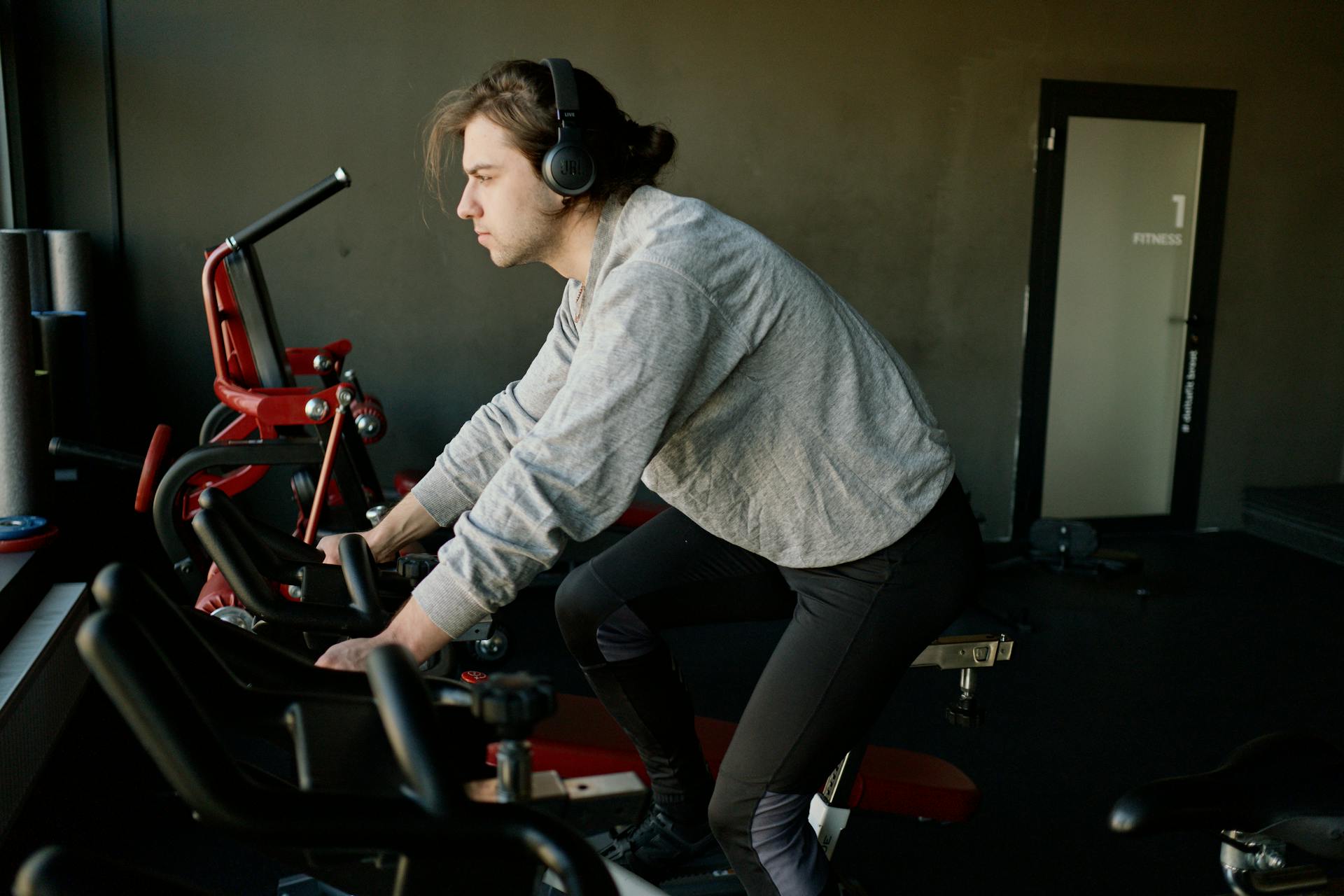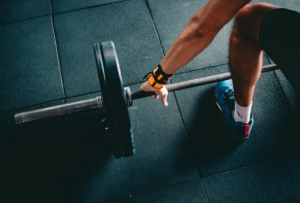Most gym-goers, runners, and lifters have their playlists queued up before even lacing their shoes. Music has long been the unsung partner of fitness routines—be it for motivation, rhythm, or just blocking out noise. But what happens when you disconnect for a week and train in complete silence? Interestingly, this experiment of removing the sonic crutch can reveal mental and physical perks that are often overlooked.
Before diving into the advantages of unplugging, it’s worth mentioning that those exploring performance-focused habits—whether in sports, routines, or even choosing the best offshore betting sites, often stumble upon subtle shifts that carry long-term impact. Training in silence may not sound as exciting as blasting a high-energy playlist, but the shift in attention it triggers can be profound. Here are some unexpected benefits of ditching the headphones for a week.
Sharper Mind-Muscle Awareness
 Without music masking the experience, every lift, every breath, and every step feels different—more grounded. You begin to notice how your muscles fire, where tension builds, and how your body truly feels throughout the movement. This increased awareness supports cleaner form and more deliberate movement. It’s not about turning into a monk; it’s about peeling back a layer of distraction. For those who train solo, it helps transform the session from a performance into a dialogue with the body. Over time, this can reduce injury risks and even improve efficiency.
Without music masking the experience, every lift, every breath, and every step feels different—more grounded. You begin to notice how your muscles fire, where tension builds, and how your body truly feels throughout the movement. This increased awareness supports cleaner form and more deliberate movement. It’s not about turning into a monk; it’s about peeling back a layer of distraction. For those who train solo, it helps transform the session from a performance into a dialogue with the body. Over time, this can reduce injury risks and even improve efficiency.
Mental Fortitude Gets a Boost
Music often acts as a mental cushion during tough sessions. It drowns out discomfort and helps time pass quickly. However, when you remove that cushion, you’re forced to face fatigue, boredom, and self-doubt with a clearer head. Pushing through a grueling set or long run without external stimulus sharpens grit. It builds a type of psychological edge that’s hard to replicate when you’re relying on the next beat drop to push you through. Instead of avoiding discomfort, you’re training to coexist with it—and overcome it.
Improved Sensory Awareness
Training in silence unlocks a different layer of sensory engagement. Suddenly, you’re more in tune with ambient sounds—the clank of weights, the rhythm of your breath, or the subtle impact of your footfalls. These sounds may seem ordinary, but they create a live feedback loop that music tends to block. This doesn’t make you hyper-aware in a stressful sense. Rather, it creates a richer, more immersive training experience. Some find it even meditative.
Better Internal Pacing

Ever noticed how songs with fast tempos push you to rush through a workout—or slow jams do the opposite? Without external rhythm dictating your movement, you’re free to tap into your own internal clock. This can lead to better pacing during cardio or high-intensity sets. Runners especially benefit from this. Instead of syncing stride with a beat, they learn to listen to their breath, their heart rate, and the natural cadence that fits their body best. It’s a return to intuitive training.
Reconnection with Motivation
When training becomes too dependent on music, it can mask motivation. Was it really your drive pushing you through that final sprint—or the chorus of your favorite track? Taking a break from headphones helps strip down your purpose. You train for the progress, the challenge, and the discipline. And without background noise, those motivations either become more visible—or are revealed to be missing altogether. It’s a reset, a recalibration of why you train.
Taking a week off from headphones during workouts might feel strange at first, even boring. But in that quiet, valuable insights often emerge—insights into your habits, form, breathing, and focus. It’s less about abandoning music entirely and more about creating space for awareness that often goes unnoticed. Whether you adopt silent training permanently or just cycle it in occasionally, the benefits can resonate far beyond your workout window.…



 The body depends on recurrence and balance. Eating at steady occasions may help protect the metabolic balance. Something else, on the off chance that an individual eats a ton, at that point goes for broadened periods without eating, the body will consume calories all the more gradually and keep more fat cells.
The body depends on recurrence and balance. Eating at steady occasions may help protect the metabolic balance. Something else, on the off chance that an individual eats a ton, at that point goes for broadened periods without eating, the body will consume calories all the more gradually and keep more fat cells. Obstruction preparation may raise digestion. Muscle mass has a lot higher metabolic rate comparable to fat, implying that bulk requires more energy to support. Typical opposition preparing neutralizes this impact. Obstruction preparing may involve lifting loads and doing practices that utilize the weight of the body or build muscle.
Obstruction preparation may raise digestion. Muscle mass has a lot higher metabolic rate comparable to fat, implying that bulk requires more energy to support. Typical opposition preparing neutralizes this impact. Obstruction preparing may involve lifting loads and doing practices that utilize the weight of the body or build muscle. Tension influences chemical levels, and it might make the body make more cortisol than ordinary. In 2011, analysts found anomalous cortisol levels in individuals encountering confused eating. Confused eating, for example, dietary restriction and explicit weight issues, may bring about unhealthful eating schedules, which may interfere with digestion.
Tension influences chemical levels, and it might make the body make more cortisol than ordinary. In 2011, analysts found anomalous cortisol levels in individuals encountering confused eating. Confused eating, for example, dietary restriction and explicit weight issues, may bring about unhealthful eating schedules, which may interfere with digestion.